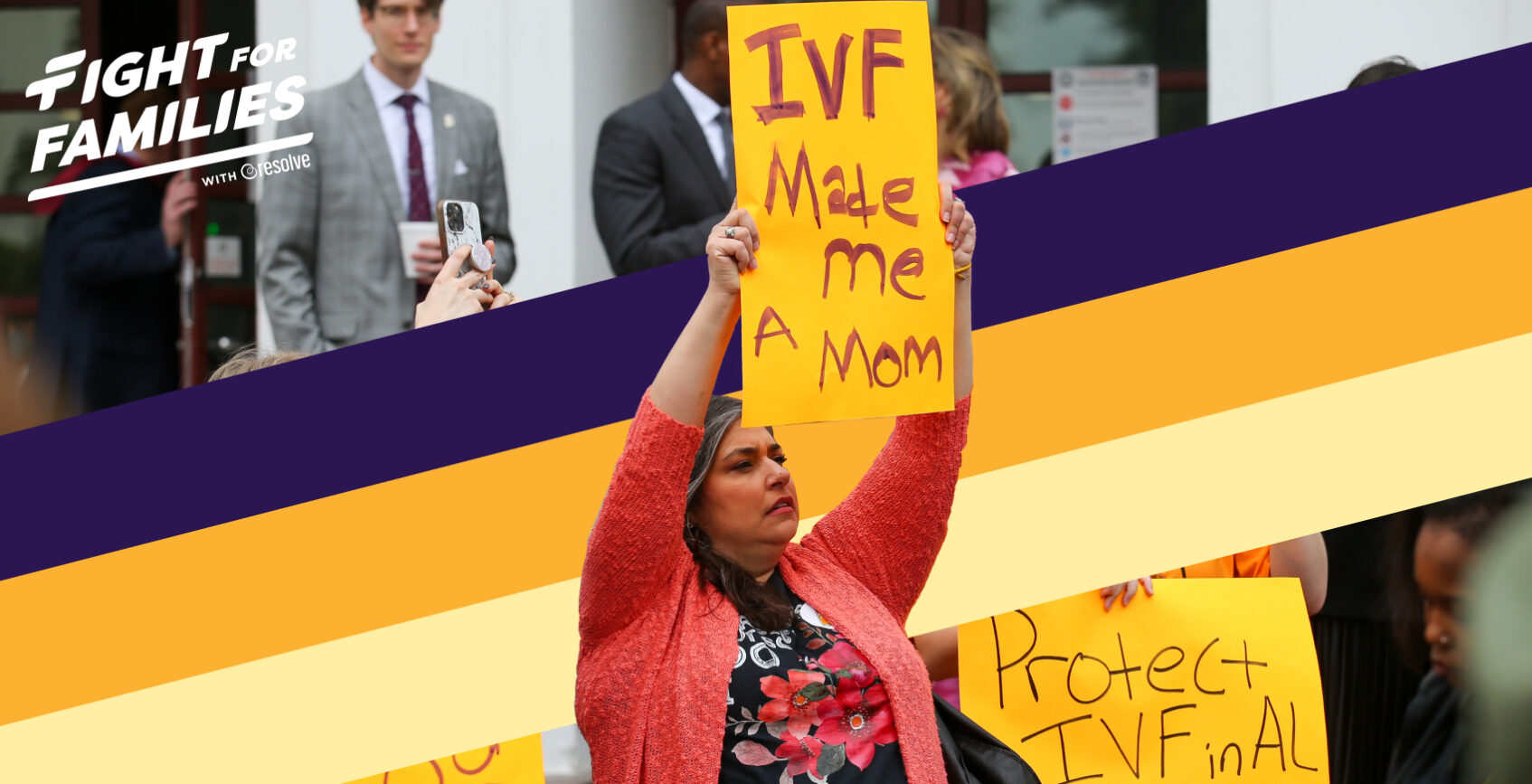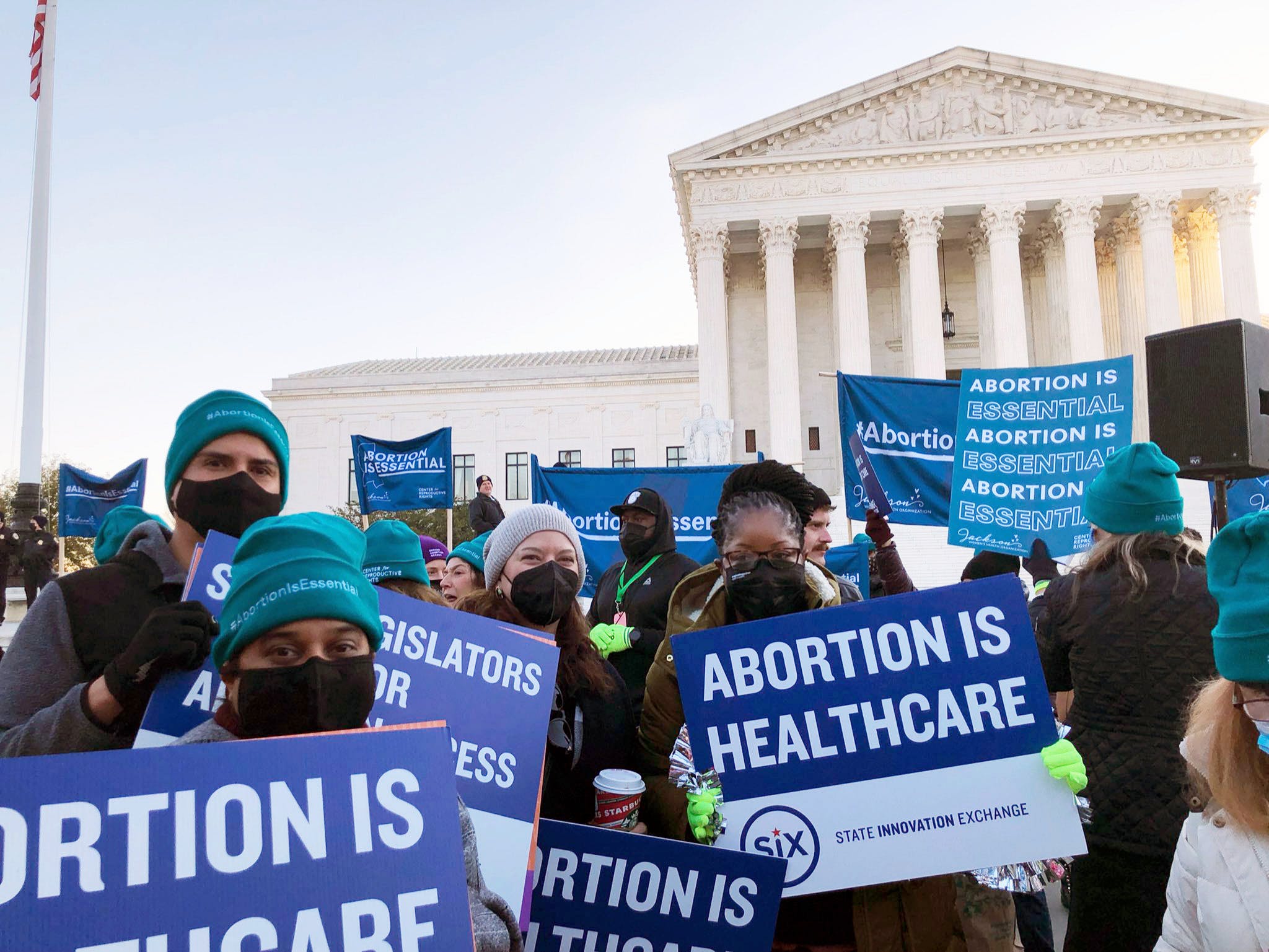
Using the media to educate people, shape opinion, and create impact is Fenton’s superpower. When an extreme state ruling put IVF at risk, we marshaled all our forces to #FightforFamilies.
RESOLVE, the National Infertility Association, and Fenton’s partner since 2022 has been warning for years that the increasing number and severity of restrictions on reproductive freedom would eventually threaten fertility treatments. On February 16, this potential threat grew to a very real crisis when the Alabama Supreme Court ruled that embryos are considered children and that destroying them amounts to wrongful death.
Since the news broke over President’s Day Weekend, our team has generated at least 235 unique stories and 6,300 media hits in less than two weeks. This includes 25 hits on CNN, 8 hits on CBS, 8 on ABC (including Good Morning America), 8 hits on NBC (including a TODAY Show appearance), 7 hits in the AP, 6 hits on the BBC, 6 hits on MSNBC, 4 hits on NPR, 3 hits in the New York Times, and 3 hits in the Washington Post. During the first week alone, we published five op-eds. And it’s not over yet – not by a long shot.
Working around the clock, we saturated print and broadcast with interviews and op-eds from the organization’s leaders, as well as Alabama women who have undergone IVF and fertility doctors who find their practices paralyzed. We kept updating our messages and statements as this issue caught fire and dominated the news for more than 10 days.
“I don’t know how you can be pro-family and tell people that you can’t have a child. I just – I can’t reconcile that. And that’s what you’re doing. You’re telling people in the United States that certain people can have kids and certain people can’t,” RESOLVE’s president and CEO, Barbara Collura said on National Public Radio.
In less than 24 hours, we planned a media event and legislative advocacy day in Montgomery, AL, attended by more than 200 people – and covered by just about every large national media outlet that a communications firm would put on its wish list. The local community told us this was the biggest media event the state capitol has ever seen.
We extended the moment’s reach to digital audiences, engaging the passionate infertility community in a social media takeover from the ground. All of RESOLVE’s channels were flooded with messages of thanks and support, especially on Instagram, as we shared footage from the gathering in-feed and on stories. One Instagram post reached over 6700 likes in under 30 minutes.
This event landed on the homepage of the New York Times and CNN and was featured prominently in dozens of other national media outlets. The White House invited Collura to a meeting the following day and Rep. Gerry Connolly (D-VA) invited her as his guest to the State of the Union address. The White House and multiple elected officials are using our messaging in their remarks on social media and beyond.
The all-female Fenton RESOLVE team is deeply motivated by their belief that reproductive decisions belong to individuals alone in consultation with their healthcare providers. They spoke to women who had undergone multiple rounds of IVF. They elevated the voices of doctors who described the past two weeks as the most wrenching in their careers – a big statement from doctors who see grief, heartbreak and anguish all the time from people struggling with infertility. And they ensured that it was the stories and messages of these advocates that were always at the center of the narrative.
More than 46 Democrats in Congress are pushing for national legislation, sponsored by Sen. Duckworth (IL) to protect IVF from potential future court decisions that side with embryos over people pursuing parenthood and their doctors, but Republicans have blocked it. Vice President Kamala Harris responded on X, “How dare they.”
Alabama Republican lawmakers have introduced two bills to protect medical staff, patients and anyone providing IVF goods and services from criminal or civil prosecution. Still, the bills do not go far enough to restore IVF to what it was in Alabama on February 15.
We are tired, and we’re still angry that the rights and access of would-be family builders were compromised. Reproductive decisions are grounded in health care and are deeply personal to the people who make them every day. But we are thrilled that millions of people across the country – including lawmakers, their staffs and political parties – have read, watched and heard RESOLVE leaders and IVF patients and doctors.

